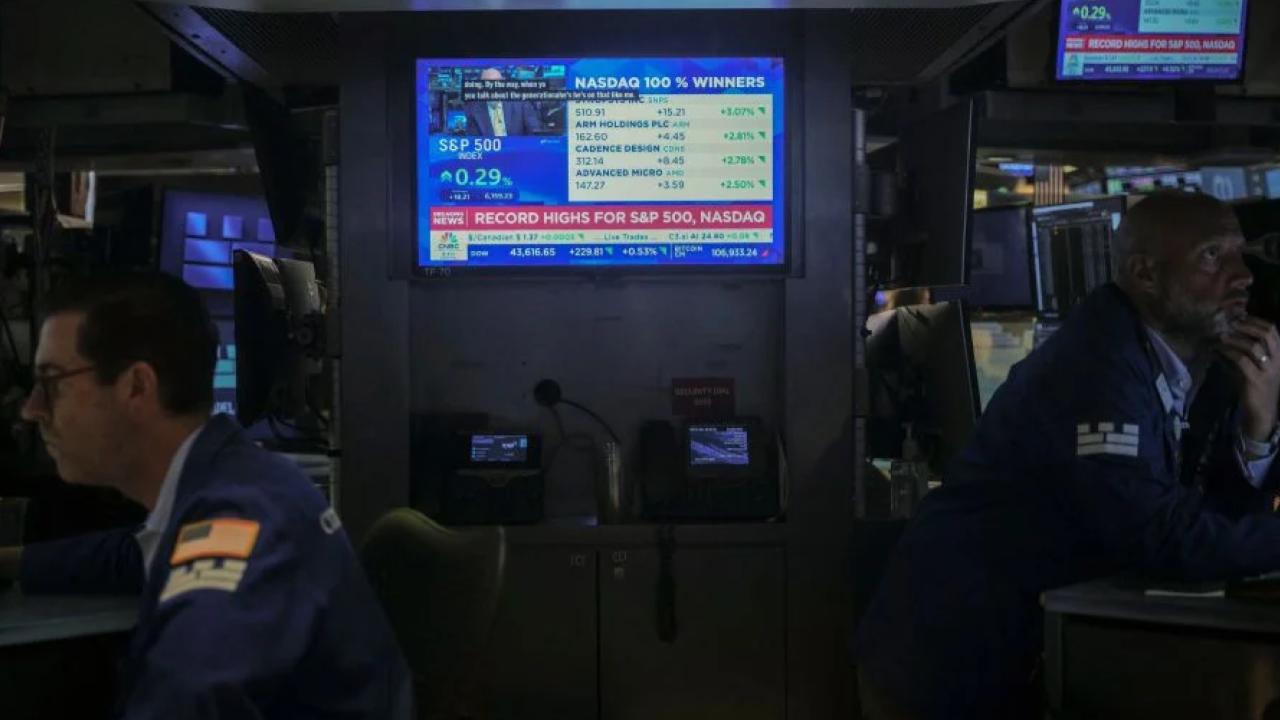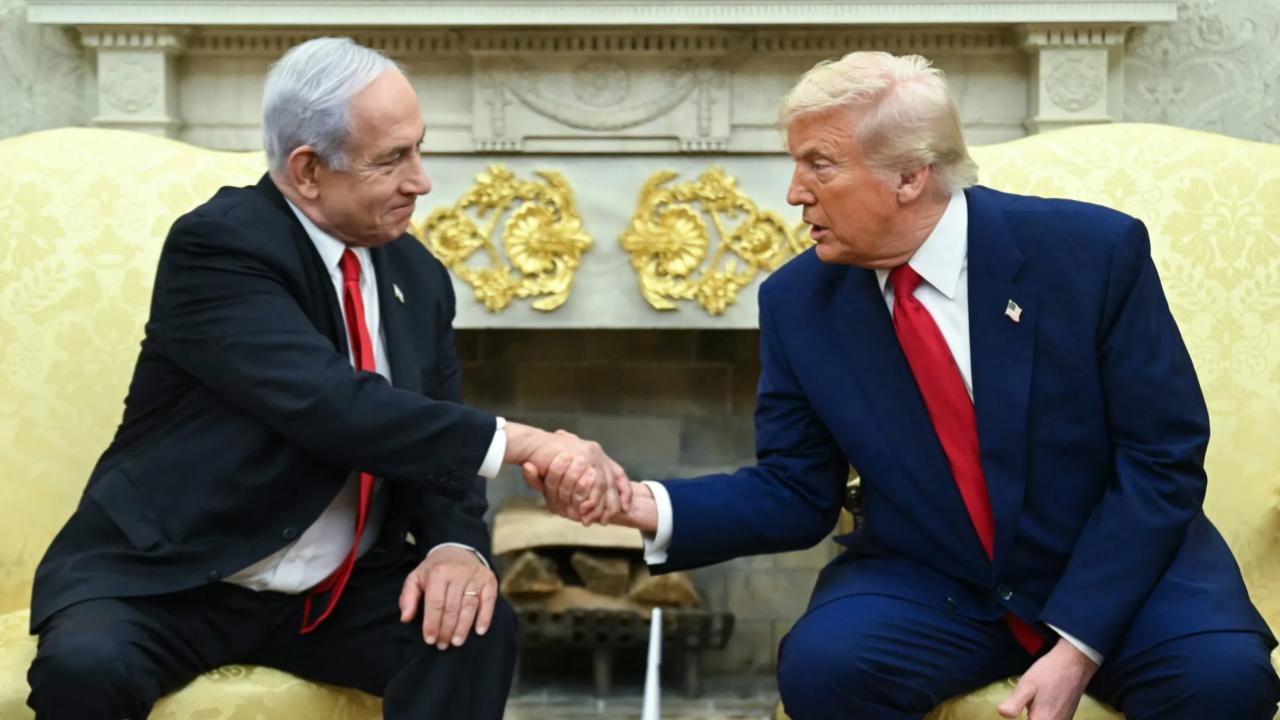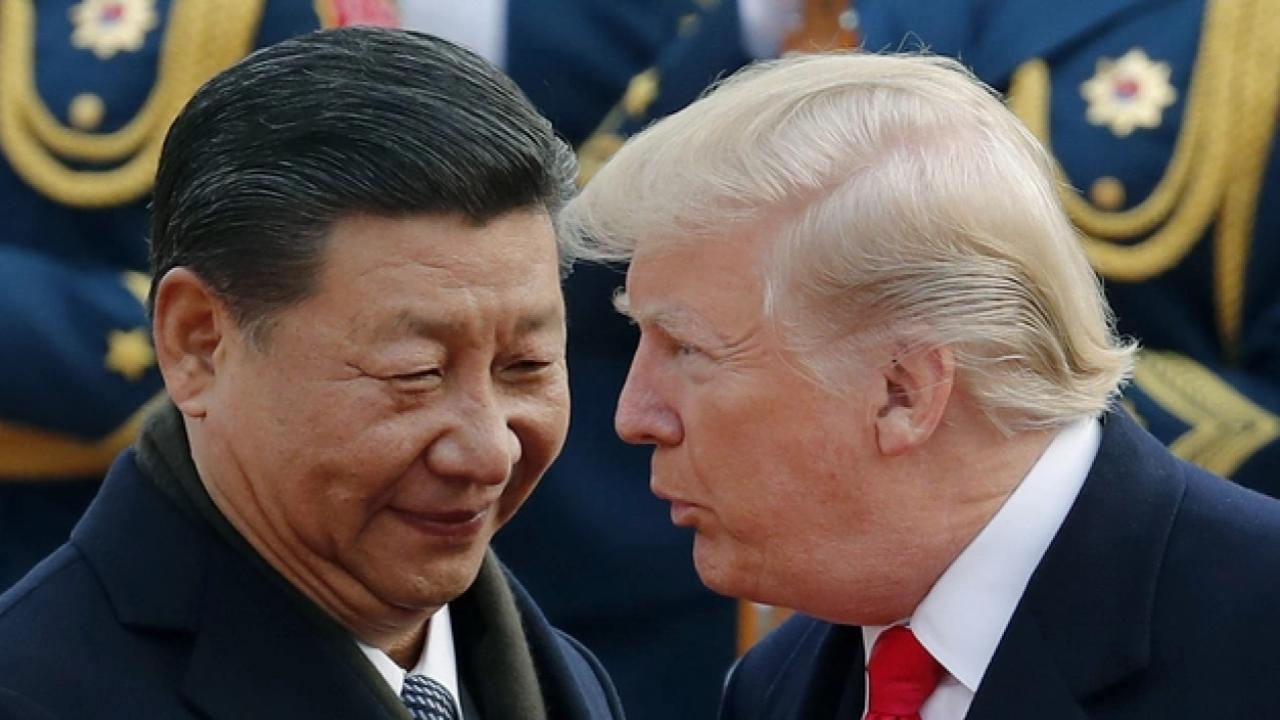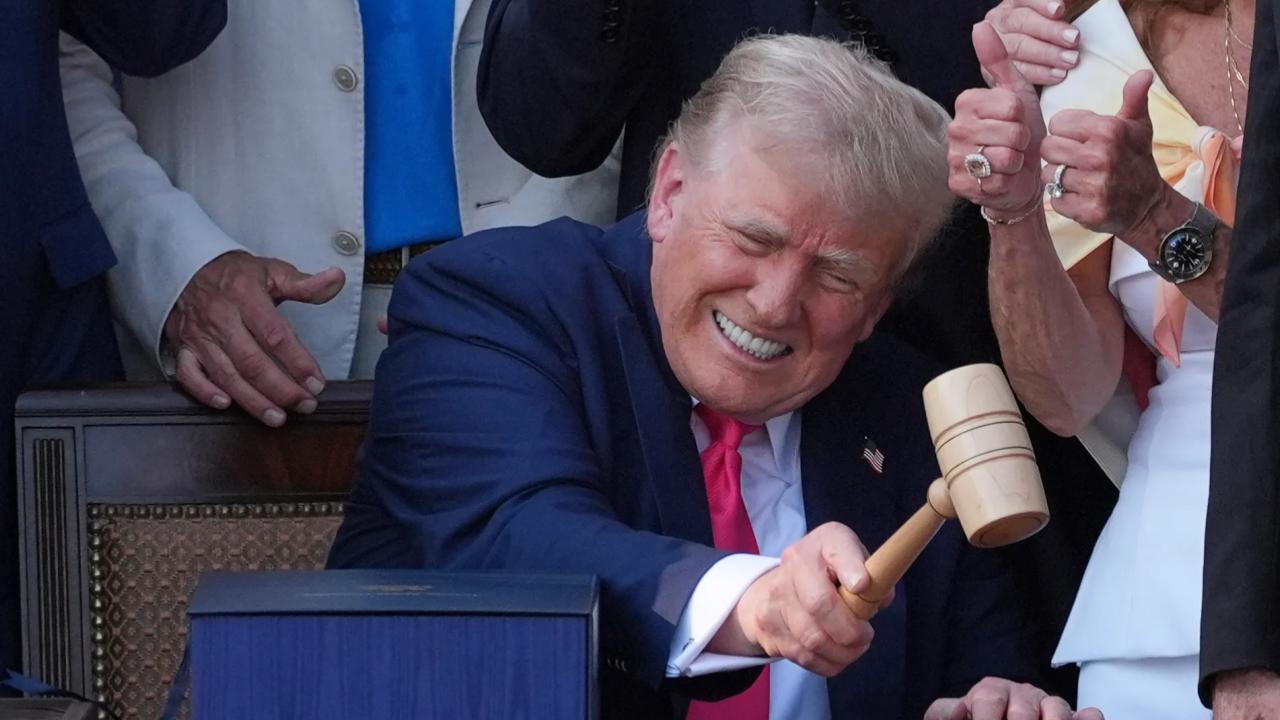With just two days left before former President Trump’s July 9 deadline, the U.S. and European Union are scrambling to clinch a last-minute trade pact to avoid sweeping new tariffs. The outcome could reshape transatlantic trade—or rupture it.
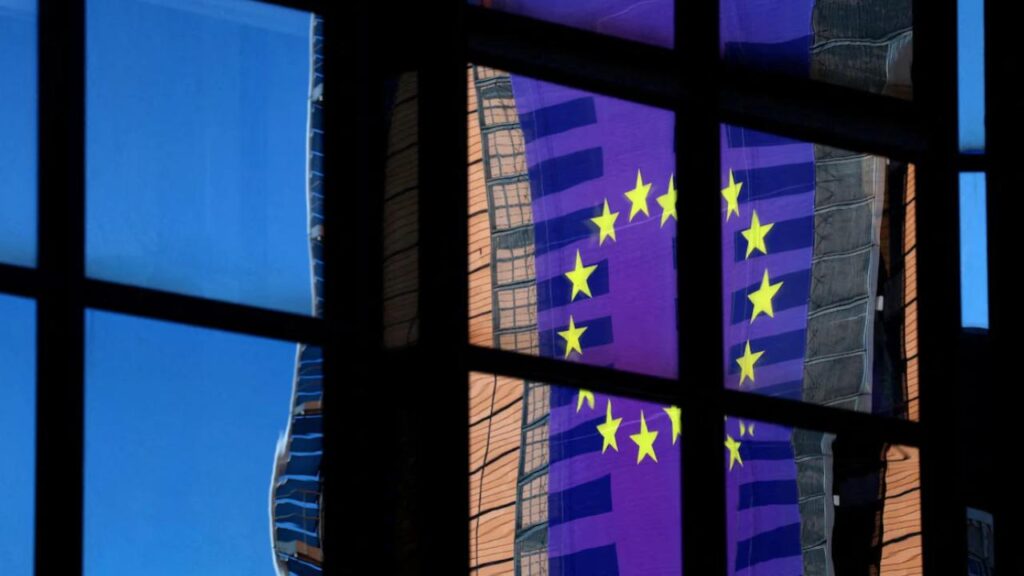
U.S. Races to Strike Last-Minute Trade Deal with E.U. Before Trump’s Ultimatum Hits
| Insight | Stat |
|---|---|
| Tariff hike risk without a deal | Up to 50% on European goods |
| Total U.S.–E.U. trade in 2024 | €1.7 trillion (~$2 trillion) |
| Active U.S. trade deals | U.K., Vietnam |
Trump’s Tariff Clock Is Ticking
The July 9 deadline is fast approaching, marking the end of a temporary pause on new tariffs that former President Donald Trump imposed earlier this year under his so-called “Liberation Day” trade campaign. The plan threatens tariffs of up to 50% on imports from over 60 nations, with the E.U. directly in the crosshairs.
Unless a deal is signed by Tuesday, Trump’s team has signaled that steep tariffs could take effect as early as August 1. “The president has been crystal clear. This isn’t a bluff—it’s a deadline,” Treasury Secretary Scott Bessent said last week. “If you want to move fast, we’ll move fast.”
What’s on the Table—and What’s Not
Negotiators on both sides are racing to finalize a so-called “framework agreement.” This wouldn’t be a sweeping trade overhaul like past efforts (e.g., the defunct TTIP), but rather a thin deal meant to head off economic damage.
Sources say the U.S. is offering a base tariff of 10%—a reduction from Trump’s earlier threat of 50%—in exchange for European concessions on digital services and pharmaceuticals. But E.U. leaders remain divided.
Germany is pushing for a quick resolution to protect its auto sector, while France is urging caution, demanding stronger protections for European farmers and industrial standards.
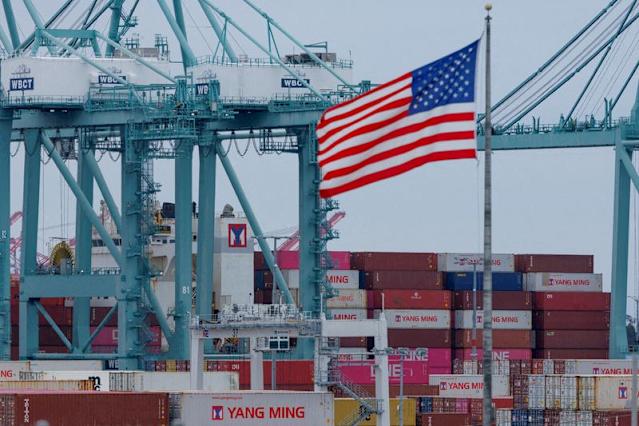
Split in Europe: Deal or Delay?
The European Union isn’t speaking with one voice. German manufacturers are lobbying hard for a deal, fearing that tariffs will hammer exports of cars and machinery. France, meanwhile, is pushing for a tougher stance.
President Emmanuel Macron has urged the bloc to “stand firm” against what he calls “unilateral U.S. pressure,” while other officials warn that refusing a deal could trigger a transatlantic trade war.
History of Hardball: Will Trump Blink?
This isn’t Trump’s first high-stakes trade standoff. In his first term and again now, he’s known for pushing hard on tariffs, only to pull back at the last minute.
That pattern earned him a nickname among critics: “TACO”—short for “Trump Always Chickens Out.”
But this time, even Trump allies say the former president may be prepared to follow through. “He’s looking for legacy-defining moments,” said one GOP strategist. “A tough trade deal with Europe could be one of them.”
What If the Talks Collapse?
If no deal is struck by July 9:
- Tariffs as high as 50% could hit European goods starting August 1, with targets including cars, cheese, wine, and pharmaceuticals.
- The E.U. is expected to retaliate, with draft tariffs already prepared on U.S. goods like medical equipment, bourbon, and aircraft parts.
- Global markets could wobble, with investor anxiety rising as businesses brace for disrupted supply chains.
“Europe will probably have to show more strength,” warned French Finance Minister Éric Lombard over the weekend.
What the Experts Say
“We are clearly in a new era on trade,” said Edward Alden of the Council on Foreign Relations. “The U.S. is no longer playing by WTO rules, and everyone else is scrambling to adapt.”
Bruegel, a Brussels-based think tank, estimates that a tariff escalation could cut U.S. GDP by 0.7% and E.U. output by 0.3%, especially if consumer goods are hit.
What I’ve Heard on the Ground
As someone who’s covered U.S. trade policy for over a decade, this week feels eerily familiar—brinksmanship, eleventh-hour deals, and market whiplash. But I’ve also spoken with executives from both sides who are quietly preparing for tariffs, just in case. Some are rerouting shipments; others are hiking prices. The anxiety is real.
Clock’s Almost Out
The next 48 hours are critical. A bare-bones agreement could prevent another Trump-triggered economic showdown. Or the pause could end, unleashing a summer of tariffs and retaliations. Either way, we’ll soon find out if this is diplomacy—or just another deadline that detonates.
FAQs
What happens on July 9?
That’s the last day of Trump’s 90-day tariff pause. If no U.S.–E.U. deal is signed, higher tariffs could take effect starting August 1.
Is a deal likely?
Negotiations are ongoing and intense, but insiders say the sides are still far apart on key sectors. A slim “framework” deal is still possible.
Who’s most affected?
European automakers, food producers, and pharma companies are most exposed. On the U.S. side, exporters of aircraft, tech, and medical gear could be hit if the E.U. retaliates.


